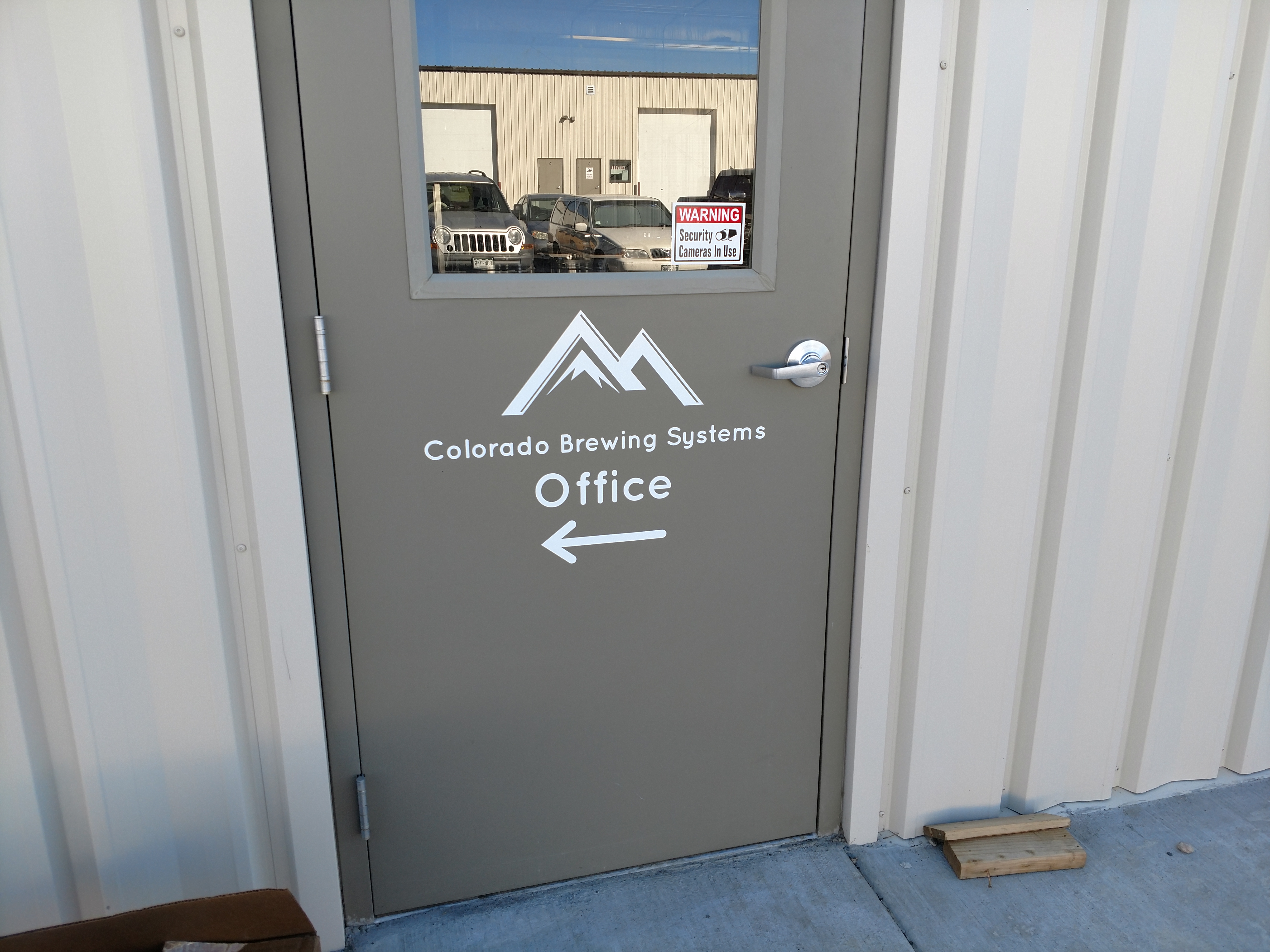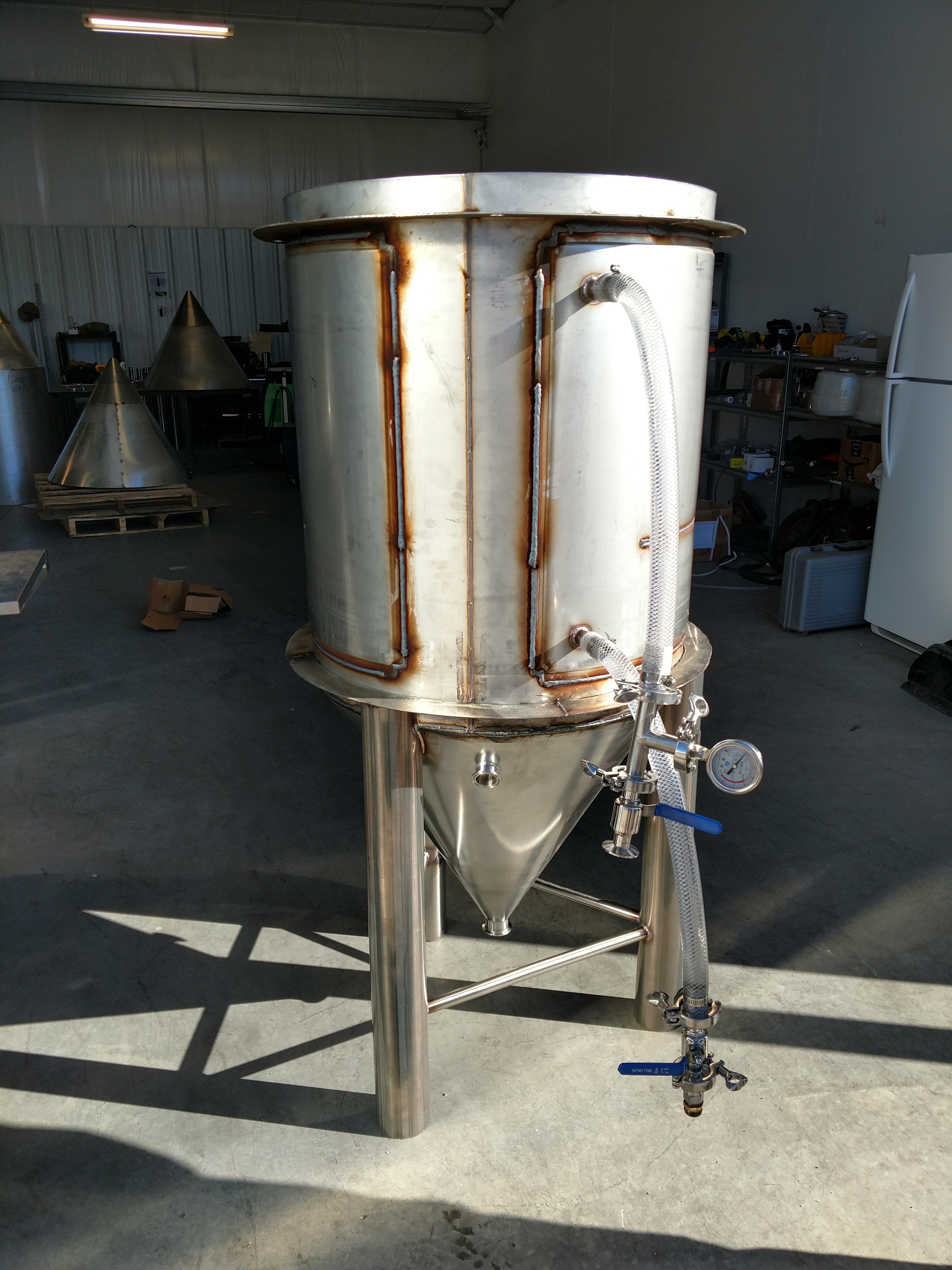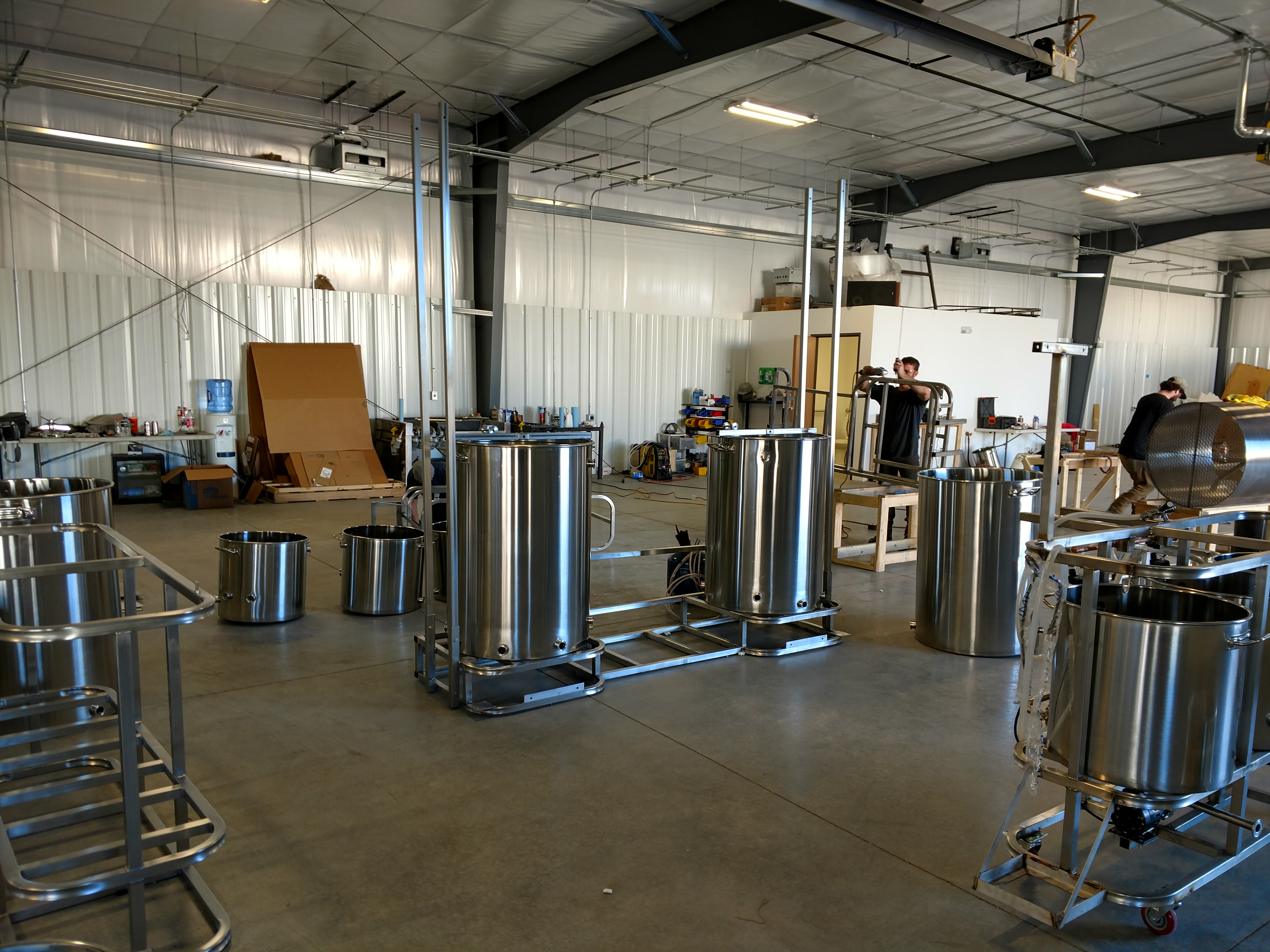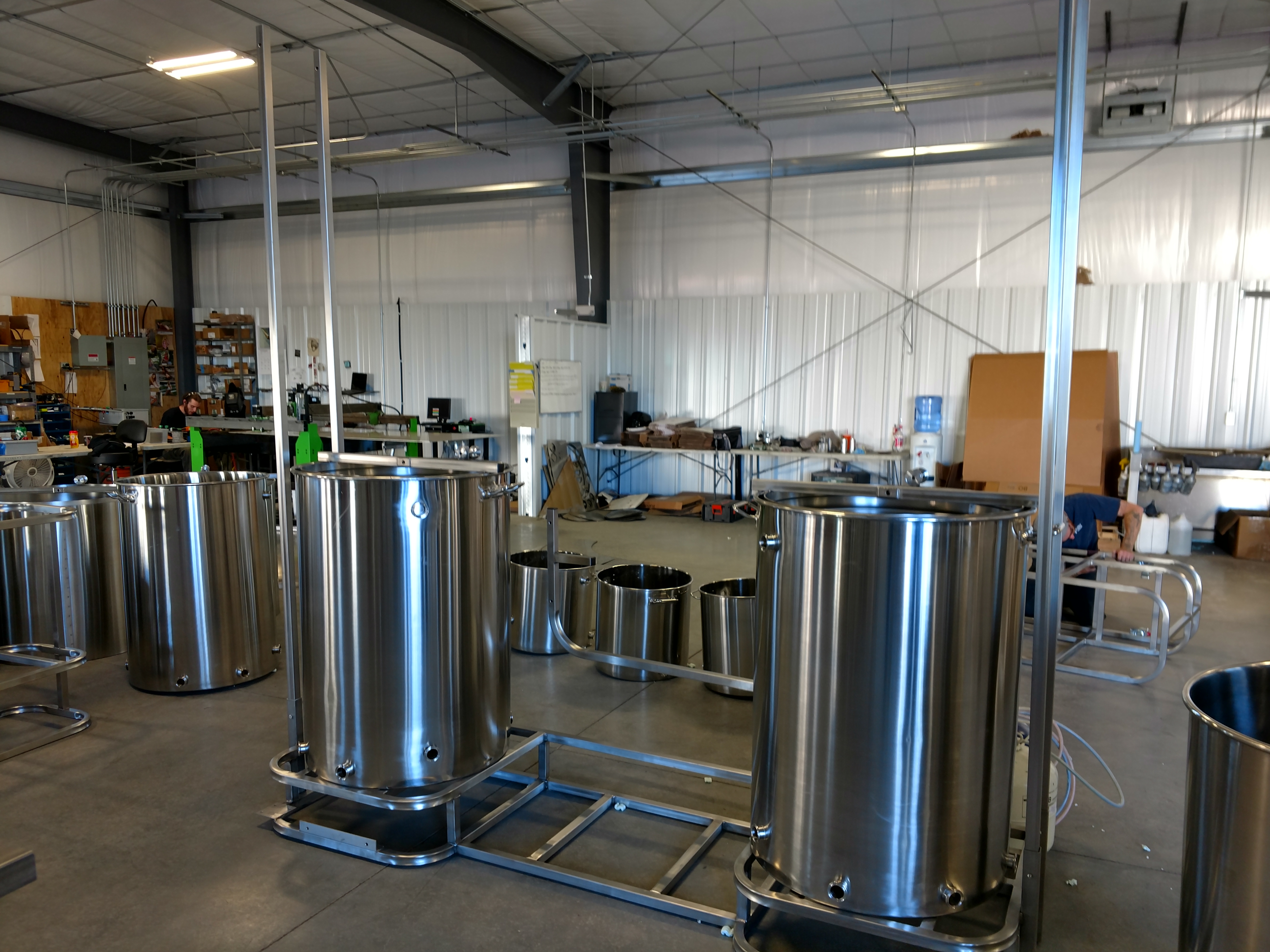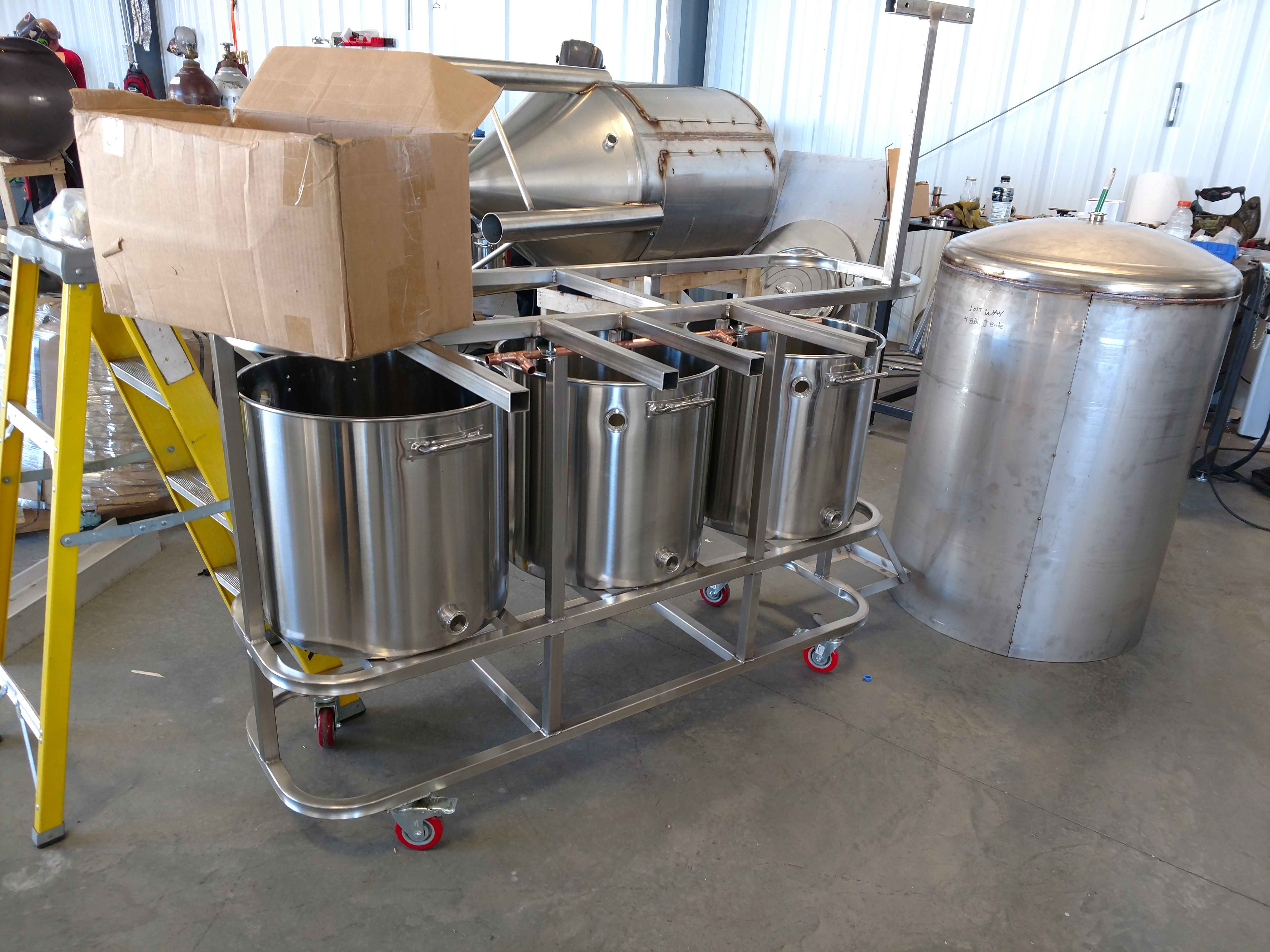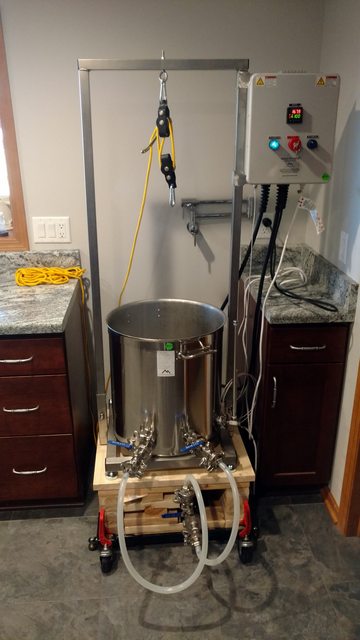Last night was another successful brew with the recirculation manifold. I barely stirred the mash at all, and running the pump as slow as it could go I had no issues with the mash (though I was short on gravity; might've had some doughballs I should have stirred more). I also upgraded to a whirlpool arm in place of the sight glass which definitely gets a better spin going than the standard arm. In the end I had 5 gallons of Helles wort in the fermentor after a 3 hour brew session which is fantastic!
I also just invested in a small shop vac which really helped cleaning up completely indoors. I need to start tracking all the additional pieces of equipment this system has caused me to buy...
I also just invested in a small shop vac which really helped cleaning up completely indoors. I need to start tracking all the additional pieces of equipment this system has caused me to buy...



